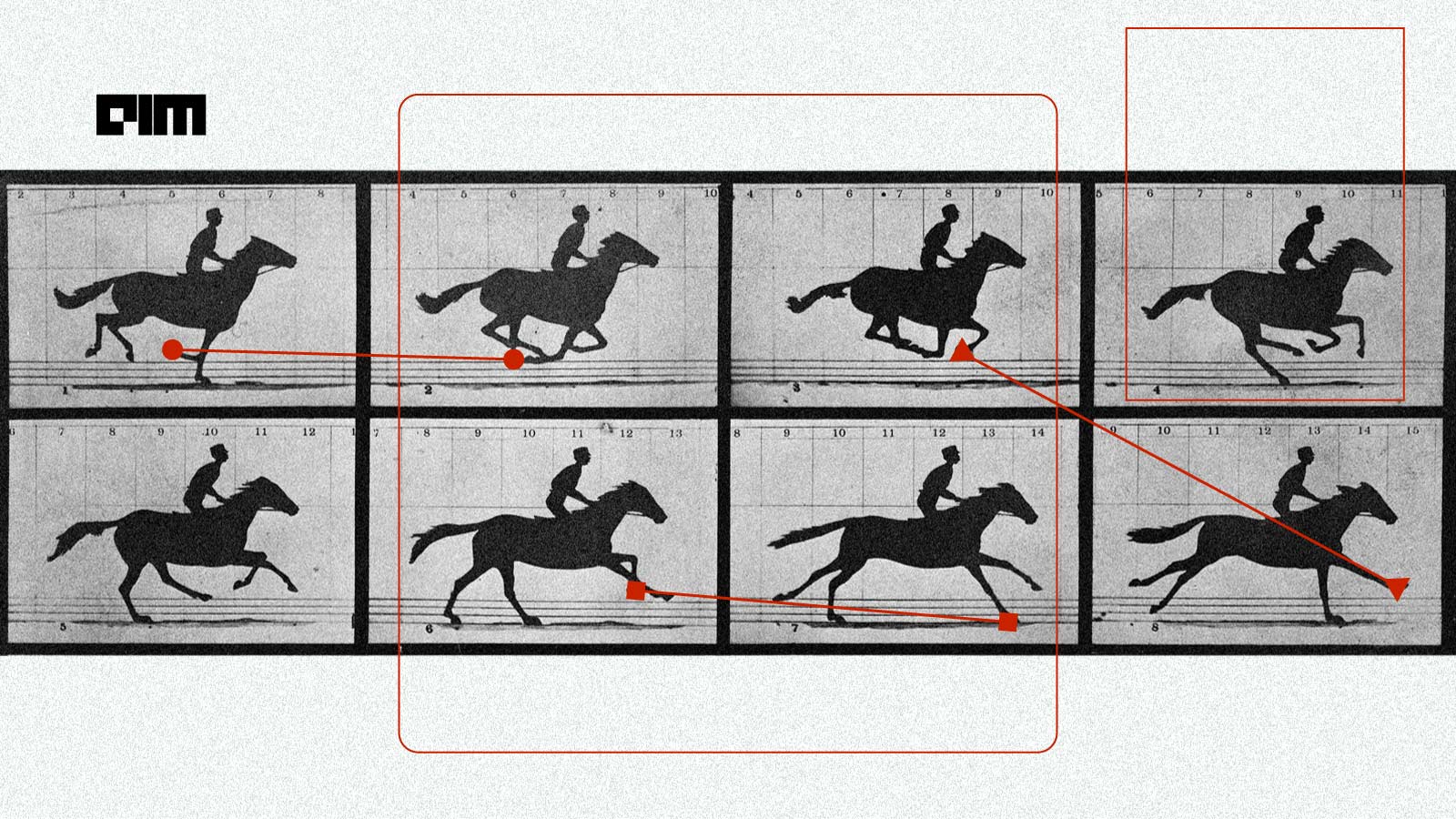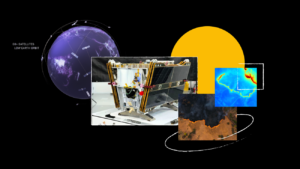Google DeepMind Dominates the AGI Competition, Surpassing OpenAI and Competitors

Google’s Latest Advancements in Video Generation: Veo 2 and Imagen 3
Recently, Sam Altman, the CEO of OpenAI, emphasized the significance of video technology in the pursuit of Artificial General Intelligence (AGI) during the launch of their new model, Sora. In response, Google has unveiled its own generative AI models, Veo 2 and Imagen 3, which are expected to be available through an API early next year, as indicated by product lead Logan Kilpatrick.
Improvements in Video Generation
Google’s Veo 2 is designed to handle intricate elements such as reflections and shadows, resulting in clearer and sharper video output. The model also integrates SynthID watermarking, ensuring safer usage of generated content. Early internal tests suggest that Veo 2 surpasses other competitors, including models from companies like Meta and OpenAI, in terms of video quality and adherence to prompts.
Justine Moore, a notable partner at the venture capital firm a16z, participated in the initial testing of Veo 2. She observed that the model excels in creating video clips featuring nature and animals, showcasing intricate details of movements.
Features of Veo 2
Veo 2 improves upon its predecessor, which was first introduced at Google I/O in May and has since found applications in platforms like YouTube and Google Cloud. According to Tom Hume from Google DeepMind, Veo 2 offers lifelike visuals with enhanced detail and realism. Its motion simulation capabilities allow for realistic recreation of both simple and complex actions using physics-based models.
Shlomi Fruchter, another co-lead on the Veo project, acknowledged that while Veo 2 represents significant advancements over current state-of-the-art models, it still faces challenges, particularly in simulating complex physical scenarios.
Performance Comparison with Other Models
In comparison to OpenAI’s Sora, which offers greater control features and supports longer clips, experts like Wharton’s Ethan Mollick suggest that the competition landscape is shifting, particularly as Google’s model aims to challenge the dominance of models like Kling from China.
Physics Simulation Capability
One of the key tests for Veo 2’s capabilities is its performance in recreating human movements, such as a gymnast’s routine. This aspect highlights its enhanced understanding of motion. A viral example shared by venture capitalist Deedy Das showed that while Sora struggled with this task, Veo 2 demonstrated superior ability.
At present, Veo 2 supports 4K video resolution and can create videos longer than two minutes. However, its experimental platform currently limits video output to 720p resolution and eight seconds of video length. Notably, it is said to offer four times the resolution and six times the video duration compared to Sora.
The Importance of World Models
Adding to its advancements, Google has also introduced Genie 2, a foundational model designed for generating interactive 3D environments based on simple textual prompts. These environments are essential for training AI agents to operate effectively in various real-world scenarios, thereby contributing to the broader goal of AGI.
This explosion of developments positions Google firmly at the forefront of creating advanced world models, with 2025 anticipated as a significant year for these technologies.
The Path Toward AGI
Google’s acquisition of DeepMind in 2014 is often regarded as a pivotal moment in the tech industry—this strategic decision has fueled Google’s ongoing journey toward AGI. In the race for AI supremacy, notable figures like Elon Musk have commented on the importance of AI in maintaining Google’s relevance today.
Gary Marcus, an AI expert skeptical of the current trends, has also noted that DeepMind appears to be on a favorable path towards achieving AGI compared to its competitors. Google’s recent announcements have intensified the competition with OpenAI during what they termed ‘shipmas,’ as other companies continue to emerge with competitive offerings.
Google’s rapid pace in releasing new capabilities reflects its innovative spirit, reminiscent of its early startup days. The tech giant has unveiled a range of tools and updates, including Gemini 2, Willow, GenCast, and improvements to NotebookLM, all aimed at shaping the future of artificial intelligence.





